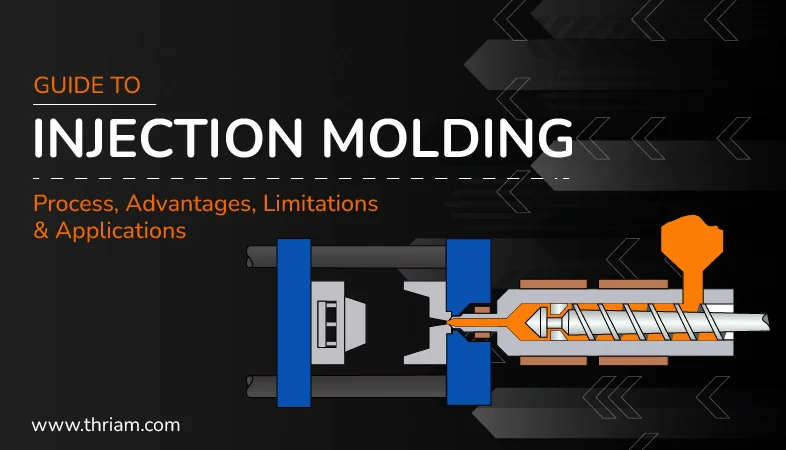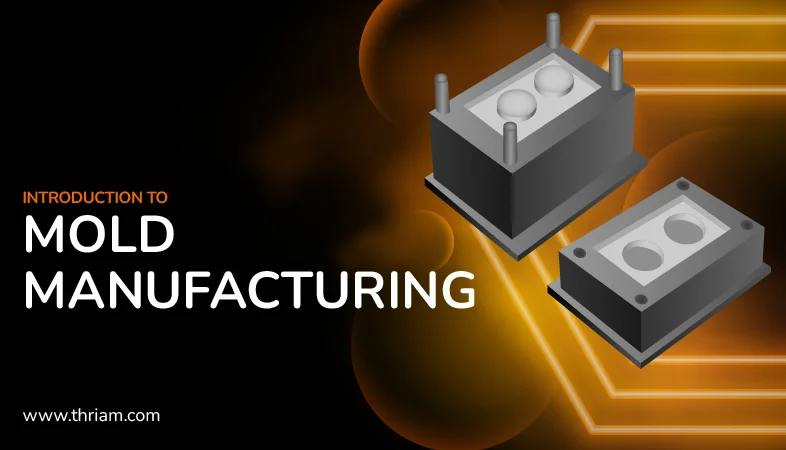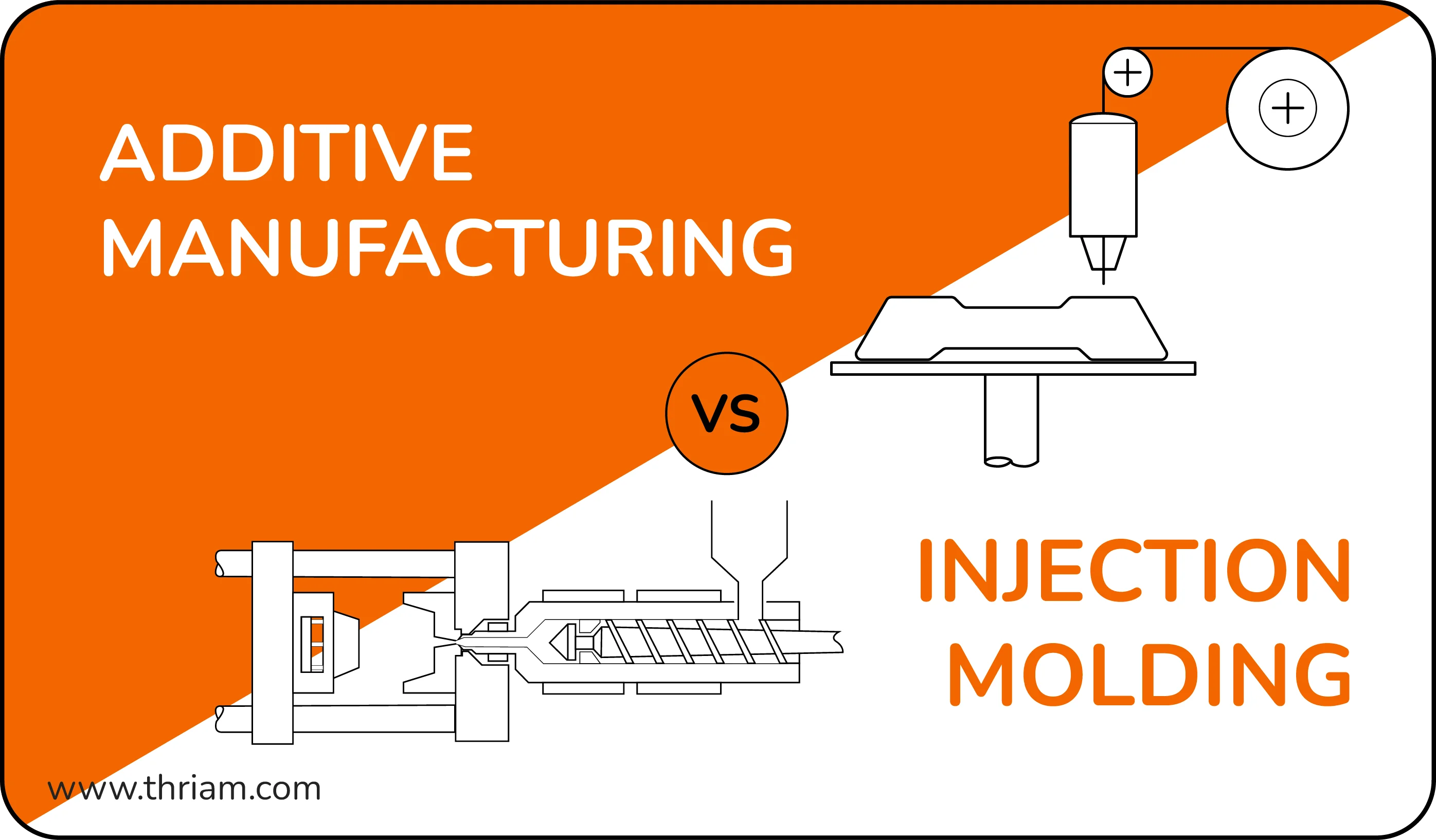The Evolution of Injection Moulding in the Automobile Industry: Benefits and Challenges
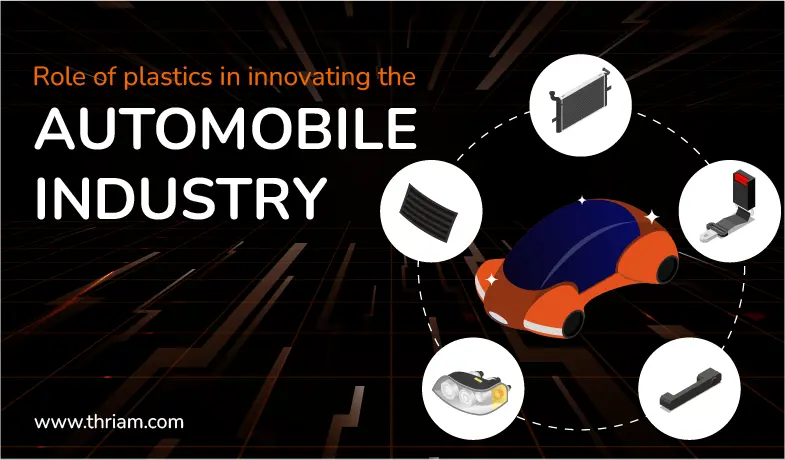
The automobile industry has seen significant advancements over the years, including the evolution of manufacturing processes such as injection moulding. From the early days of manual production to the current automated systems, injection moulding in the automobile industry has revolutionized the industry.
In the early days, injection moulding was mainly used for producing small parts and components such as buttons, knobs, and trim pieces. These parts were produced using manual moulding presses and required a great deal of manual labour. As the automobile industry expanded, there was an increasing demand for larger and more complex parts. This led to the development of hydraulic injection moulding machines, which allowed for larger and more complex parts to be produced.
With advancements in computer technology, the injection moulding process became more efficient and precise. The introduction of computer-aided design (CAD) systems and computer-aided manufacturing (CAM) systems allowed for the development of more complex component designs. With these systems, moulds could be designed and tested in a virtual environment before being physically produced. This allowed for the identification and correction of potential manufacturing issues before production, thereby reducing costs and increasing efficiency.
Further advancements led to the development of fully automated production systems. The automation of the injection moulding process allowed for the production of high volumes of automotive components with high precision and quality. These automated systems offered several benefits such as reduced production times, consistent quality, and reduced labour costs.
Today, injection moulding in the automobile industry continues to evolve, driven by the need for higher quality, efficiency, and sustainability. The focus has shifted towards the use of more sustainable and eco-friendly materials, as well as the use of additive manufacturing technologies such as 3D printing. The use of these technologies offers increased flexibility in design, reduced waste generation and production times, and improved component quality.
Understanding Injection Moulding:
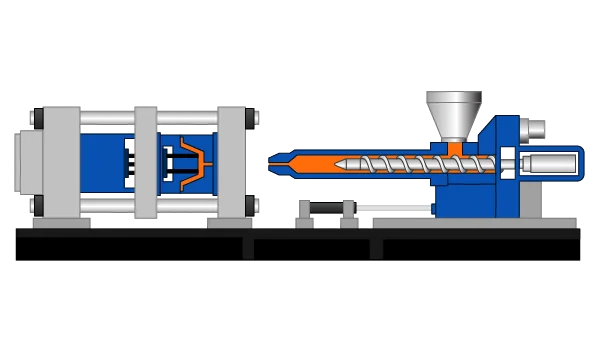
Injection moulding is a widely used manufacturing process that has revolutionized the production of plastic parts and components. It is a process where plastic material is melted and forced into a mould under high pressure and temperature to produce an accurate, high-quality part or component. This process offers several benefits and has become the standard for mass production of plastic products.
The injection moulding process uses a machine to melt and inject different types of plastics into a custom-designed mould. Once the material is heated and liquefied, it is injected into the mould under high pressure. The mould is then cooled, and the part is removed once it has solidified.
One of the benefits of injection moulding is the ability to produce complex geometric shapes with high precision and accuracy. The mould itself is usually made from a high-strength material such as steel and can be custom-designed to meet the specific requirements of the part to be produced. This means there is a lot of flexibility in the design of the parts, and it is possible to produce parts in large quantities with very little variation.
Another advantage of injection moulding is the speed at which parts can be produced. Once the mould is designed and set up, parts can be produced at high volumes at a rapid pace. This makes the process ideal for mass production, where large quantities of identical parts are required.
The materials used in injection moulding are also highly versatile. Depending on the application and requirements of the part being produced, a wide range of materials can be used. Plastics with varying properties such as strength, flexibility, and durability can be used, allowing for the production of components for use in different industries, including the automotive, electronics, and medical industries.
In addition to the advantages mentioned above, injection moulding is also cost-effective. Since parts can be produced in large quantities, the cost per part is lower compared to other manufacturing methods. Additionally, the high-speed production and low labour requirements further reduce the overall production costs.
Injection Moulding in the Automobile Industry:
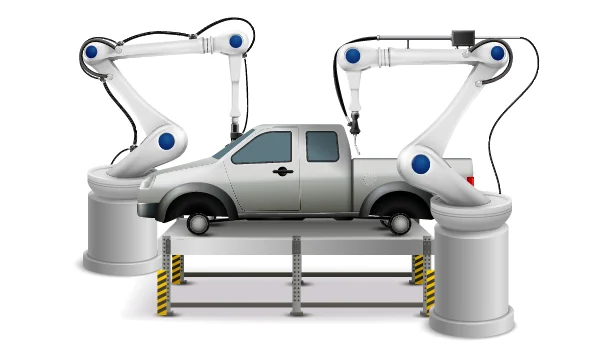
Injection moulding has become a key manufacturing process in the automobile industry, playing a crucial role in the production of various automotive components. This highly efficient and versatile process offers numerous benefits that make it the preferred method for manufacturing parts in the automotive industry.
One of the main advantages of injection moulding in the automobile industry is its ability to produce parts with high precision and accuracy. The moulds used in injection moulding can be custom-designed to meet the specific requirements of the automotive components, ensuring consistent quality and dimensional accuracy. This level of precision is crucial in the automotive industry, where even slight variations can affect the performance and safety of the vehicle.
In addition to precision, injection moulding allows for the production of complex shapes and intricate designs. This is particularly beneficial in the automotive sector, where parts often require complex geometries to meet the functional and aesthetic needs of the vehicle. Injection moulding can produce these complex shapes with ease, reducing the need for multiple components and assembly operations, leading to overall cost savings.
Furthermore, injection moulding enables high-speed production, making it ideal for automotive manufacturers who require large volumes of parts in a short period. With automated manufacturing processes, injection moulding can significantly increase production rates, allowing manufacturers to meet the demands of the ever-growing automotive market.
Another advantage of injection moulding in the automobile industry is its ability to use a wide range of materials. From durable and lightweight thermoplastics to specialized engineering polymers, there is a diverse selection of materials that can be utilized based on specific automotive requirements. These materials offer excellent strength, heat resistance, and durability, ensuring that the produced components can withstand the demanding conditions of the automotive environment.
The cost-effectiveness of injection moulding is another significant factor driving its widespread use in the automobile industry. Once the moulds have been created, the cost per part decreases significantly, allowing for mass production at a lower cost. The automation and efficiency of the injection moulding process also contribute to cost savings by reducing labour requirements and minimizing waste generation.
The Benefits of Injection Moulding in the Automobile Industry:
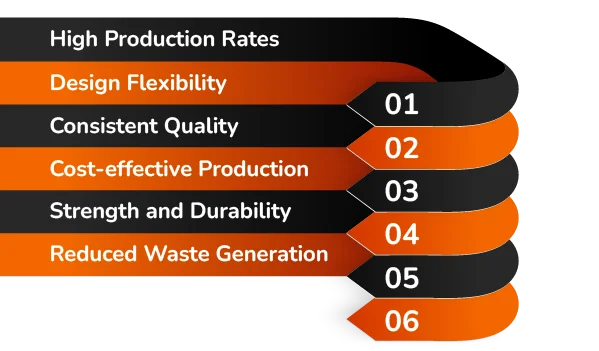
High Production Rates
One of the most significant benefits of injection moulding in the automobile industry is its ability to produce large quantities of automotive components in a short amount of time. With automated manufacturing processes, the production of parts can be accelerated, allowing manufacturers to meet increasing demands.
Design Flexibility
Injection moulding also offers tremendous design flexibility, allowing designers to create complex shapes and complex geometries in automotive components. Multiple components can be produced in one mould, reducing assembly requirements and lowering production costs.
Consistent Quality
With injection moulding, the consistency of the manufacturing process is highly controlled, ensuring the accurate and reliable production of automotive components. This results in consistent quality and uniformity in the final products, reducing waste and increasing efficiency.
Cost-effective Production
Injection moulding is a cost-effective manufacturing process in the automobile industry. Once the moulds have been produced, the cost per part reduces significantly by allowing mass production. Automated and elaborated manufacturing systems further reduce costs and minimise human intervention.
Strength and Durability
The polymeric materials used in injection moulding production, such as thermoplastics, are highly durable and strong. The automotive components produced by injection moulding can withstand high heat levels, chemical exposure, and mechanical stresses. These materials’ properties make it an ideal method for producing automotive components.
Reduced Waste Generation
Injection moulding helps to reduce waste generation compared to other manufacturing processes. This is because the process eliminates most of the material waste and generates minimal scrap. Injection moulding also helps to optimize the materials’ usage to produce the highest possible quality components and maximize the yield of a production run.
Challenges and Limitations of Injection Moulding in the Automobile Industry:
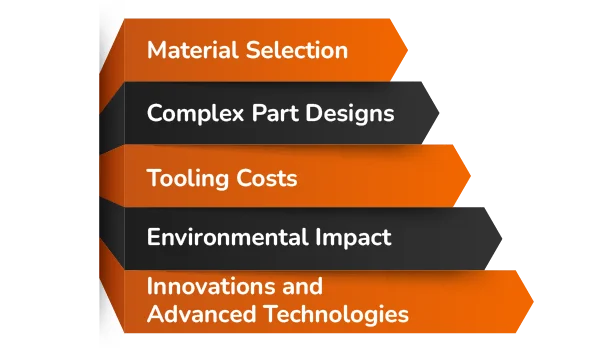
Material Selection: A Common Challenge
One of the most significant challenges facing injection moulding in the automobile industry is material selection. Materials used in automotive components require specific properties like strength, durability, chemical resistance, and heat resistance. While there are many materials that can be used for injection moulding, not all are suitable for automotive applications. As a result, designers and manufacturers need to spend a considerable amount of time and effort selecting materials that meet these requirements and ensure that they can withstand the harsh operating conditions of automotive components.
Complex Part Designs: A Limitation
Another limitation of injection moulding in the automobile industry is the production of complex parts with intricate designs. Automotive components often have complex geometries, and producing them with injection moulding can require specialized mould design and moulding techniques. This adds complexity to the manufacturing process, increasing production times and costs.
Tooling Costs: A Significant Limitation
The cost of tooling for injection moulding is another significant limitation in the automobile industry. Moulds are expensive to produce, and the cost can be a major factor in deciding whether to use injection moulding for a particular component or part. In addition, changes in part design or new iterations of a product require new mould designs, adding further to the overall cost.
Environmental Impact: A Challenge to Address
The environmental impact associated with injection moulding is another challenge that needs to be addressed. While injection moulding generates less material waste compared to other manufacturing processes, it still produces some waste in the form of sprues, runners, and rejected parts. Proper waste management and recycling processes need to be implemented to reduce the environmental impact of injection moulding.
Innovations and Advanced Technologies: Overcoming Limitations
Despite the challenges and limitations associated with injection moulding in the automobile industry, numerous innovations and advanced technologies are helping to overcome them. Continued research and development in material science and composite materials enable the development of materials that meet the stringent requirements of the automotive industry. Advancements in moulding technology and simulation tools allow for the production of complex parts and optimization of mould designs, reducing production costs and time.
Conclusion:
Injection moulding has emerged as a crucial manufacturing process in the automobile industry, offering numerous benefits and addressing key challenges.
The growing popularity of injection moulding highlights its importance in achieving cost-effective, high-quality, and sustainable automotive manufacturing.
By embracing injection moulding, the automobile industry can continue to innovate and produce advanced, reliable, and visually appealing automotive components.
